SUMMARY
This is AI generated summarization, which may have errors. For context, always refer to the full article.
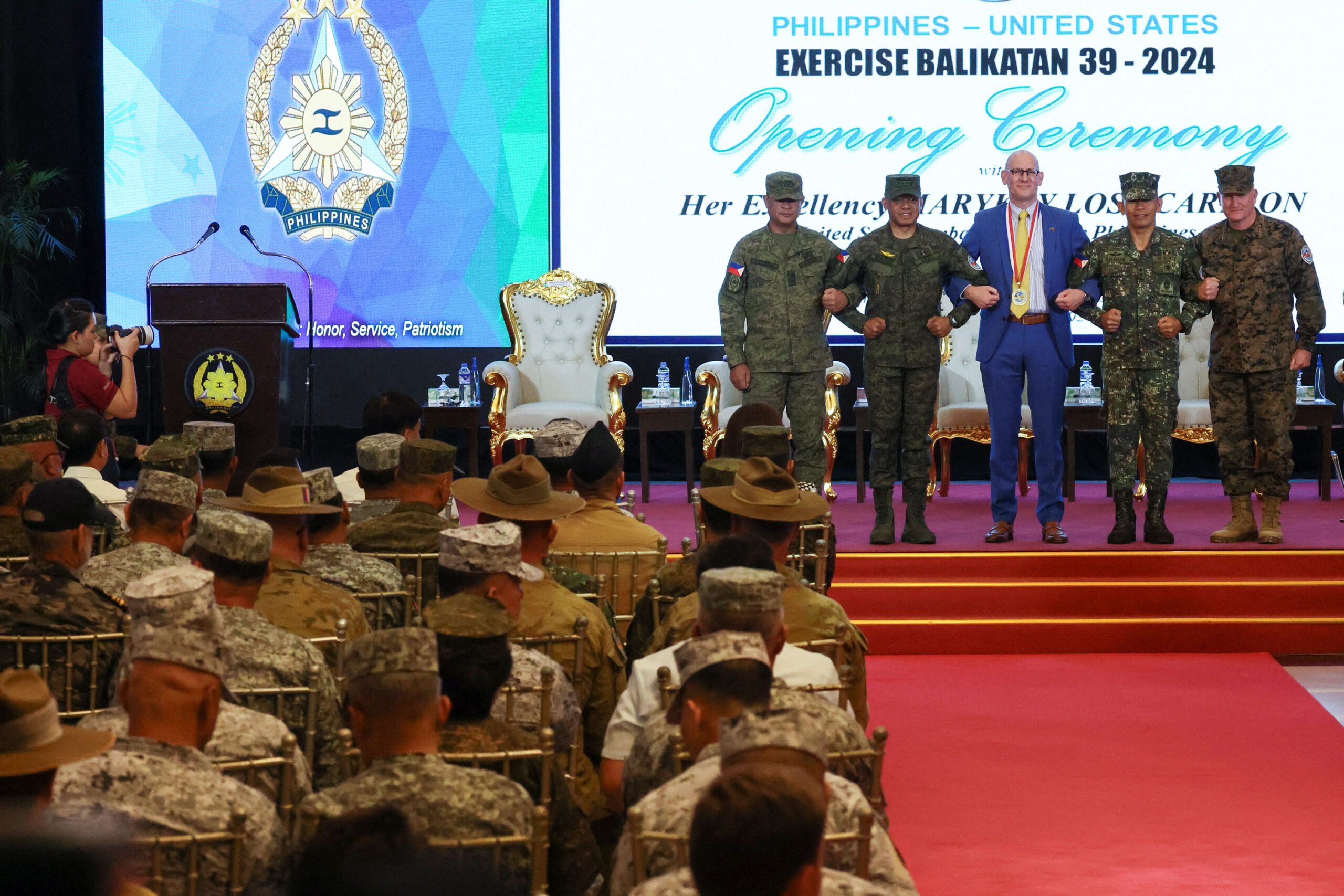
MANILA, Philippines – The navies of the Philippines, United States, and France will sail together in the West Philippine Sea by end-April, as part of the 2024 Exercise Balikatan.
It’s just one of many firsts for what US Exercise Director Lieutenant General William Jurney described on Monday, April 22, as the “most effective, most ambitious, and most complicated” version of the yearly war games. The 39th iteration of the annual drills is taking place for three weeks from April 22 to May 10 in four Luzon provinces.
- While joint sails are routine in the yearly exercise, the area where two Philippine Navy vessels, one US Navy ship, and a French Navy vessel will be executing different drills – communications, cross deck landing, and a maritime search and rescue with man overboard exercise, among others – is new. The four vessels will go beyond the Philippines’ territorial waters and into the West Philippine Sea, an area that includes the country’s exclusive economic zone in the South China Sea.
- The expected highlight of the 2024 Balikatan on May 8 – which top officials from the Philippines and the US are expected to attend – is a counter landing and ship-sinking exercise off the seas of Ilocos Norte, home province of President Ferdinand Marcos Jr., with the staging ground at the La Paz Sand Dunes in the capital city of Laoag.
- The Philippine Coast Guard (PCG), a civilian unit that’s also acted as a frontliner in the Philippines’ efforts to push its rights and claims in the West Philippine Sea, is also joining Balikatan for the first time. The PCG, said spokesperson Read Admiral Armand Balilio, is set to provide “perimeter security” as the three navies engage in drills.
- This year’s Balikatan is also among the biggest in terms of delegation size: some 11,000 military personnel, 5,000 Filipino soldiers, 100 Australian Defense Forces, and 100 French sailors.
Ship-sinking in Laoag
The joint exercises will be hosted in four Luzon provinces that are critical to regional security in the Indo-Pacific and South China Sea.
There’s Batanes, the Philippines’ northernmost province that’s close to the Taiwan Strait.
The two other staging areas – Palawan and Zambales – are provinces that face the West Philippine Sea and are just over 100 nautical miles away from features where tensions between Manila and Beijing run the most high: Ayungin Shoal off the coast of Palawan, and Bajo de Masinloc off the coast of Zambales. The Palawan activity – of the Philippines, US, and France jointly operating drills in the South China Sea, with no less than the PCG as their security – is more than likely to ruffle feathers in Beijing.
In Ilocos Norte, joint Philippine and US forces will sink the MT Lake Caliraya, a China-made oil tanker once commissioned by the Philippine Navy. The vessel will serve as the “enemy” ship during the drill.
Formerly called the MT Lapu-Lapu, it was built in 2007 at the Zhejiang Zhongxing Shipyard in Taizhou in China, according to a 2015 GMA News Online report. It was originally owned by the Philippine National Oil Company. It was commissioned into the Navy in 2015, only to be decommissioned in December 2020 to “pave the way for the arrival of new platforms.”
Beijing’s state-run Global Times wrote in its editorial that choosing to sink the China-made Caliraya was a “ludicrous performance by Manila” that supposedly “[shows] clear provocative intent.”
But officials said the Caliraya had long been meant to be a target of the PH-US joint exercise – as far back as July 2023, before the situation in the West Philippine Sea turned sour for Manila and Beijing.
It was supposed to be the subject of a Philippine and US Marines drill in 2023, but that did not push through when it ran aground in the waters of Morong, Bataan, as it was being towed towards Subic, Zambales.
‘Crossroads’
Tensions between Manila and Beijing over the South China Sea are at their worst yet. Chinese Foreign Minister Wang Yi has described bilateral ties as at a “crossroads.”
Beijing and its embassy in Manila have repeatedly warned against the Philippines heading down the “wrong path,” especially after a historical trilateral meeting in the White House between the US, Japan, and the Philippines.
The Department of Foreign Affairs, in response to Beijing’s claims that the trilateral would “drive up tensions,” said it was Chinese actions in the region – both in the South China Sea against the Philippines and the East China Sea against Japan – that were causing tensions.
There’s another exercise that’ll probably upset Beijing, too: an “island-taking” exercise for the Special Forces of the Philippines and the US in Batanes. Major General Marvin Licudine said none of the drills – especially not the war games in Batanes – were “addressed to any aggressor” but merely to show Philippine-US interoperability and adherence to the rule of law.
G7 support
A little over a week after the US, Japan, and Philippines expressed “serious concern” over Chinese activities in the South China and East China Seas, the Group of Seven expressed the same in a statement from its foreign ministers on April 19.
“We are seriously concerned about the situation in the East and South China Seas and reiterate our strong opposition to any unilateral attempts to change the status quo by force or coercion,” the bloc said.
It added: “We continue to oppose China’s dangerous use of coast guard and maritime militia in the South China Sea and its repeated obstruction of countries’ high seas freedom of navigation and we express serious concern about the increasing use of dangerous maneuvers and water cannons against Philippines vessels in this regard. There is no legal basis for China’s expansive maritime claims in the South China Sea, and we oppose China’s militarization, coercive and intimidation activities in the South China Sea.”
The group, whose members are among the world’s most advanced economics (Canada, France, Germany, Italy, Japan, the United Kingdom, the United States, and non-enumerated the European Union), emphasized the “universal and unified character of the United Nations Convention on the Law of the Sea” and said the 2016 Arbitral Award was a “significant milestone.”
The award, the result of the Philippines bringing China to court in 2013, deemed Beijing’s sweeping claim of the South China Sea as invalid. “We reiterate that the award rendered by the Arbitral Tribunal on July 12, 2016, is a significant milestone, which is legally binding upon the parties to those proceedings and a useful basis for peacefully resolving disputes between the parties,” said the Group of Seven.
Individually, G7 members (including the EU), have previously expressed concern over Chinese actions, particularly during resupplies to the BRP Sierra Madre in Ayungin Shoal, whether through their embassies or their foreign ministries back home.
Back in 2023, following a summit in Hiroshima, G7 leaders said they “remain seriously concerned about the situation in the East and South China Seas.” But it would be the first time for the powerful bloc to specifically call out China for its use of water cannons against Philippine vessels in the South China Sea.
Several members of the G7 will also be present at Balikatan, albeit as observers.
14 countries as observers
All in all, fourteen countries, including those from Southeast Asia, are part of the Philippine-hosted international observer program: Brunei, Canada, France, Germany, Great Britain, India, Indonesia, Japan, Malaysia, New Zealand, Republic of Korea, Singapore, Thailand, and Vietnam.
While their delegations will pale in comparison to the hundreds from France and Australia and the thousands from the US and the Philippines, their presence is still significant. Back in 2023, when only nine nations were observers to Balikatan, the Philippine defense department touted the expansion of the exercises. The 38th iteration of the Balikatan significantly expanded the scope of the International Observers Program as a “jump-off point for expanding the major exercises into multilateral engagements.”
Philippine and American officials were tight-lipped when asked if any other military would be joining in next year’s Balikatan. But who knows? France’s participation, after all, was prompted by its own request. – Rappler.com
Add a comment
How does this make you feel?
![[Newspoint] The lucky one](https://www.rappler.com/tachyon/2024/04/lucky-one-april-18-2024.jpg?fit=449%2C449)
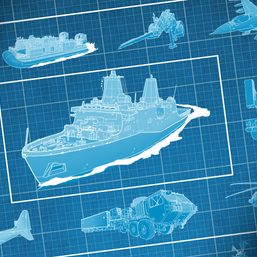

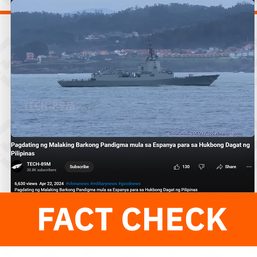
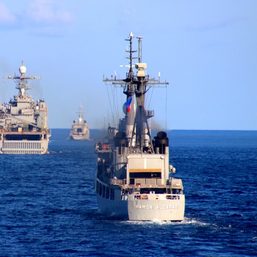
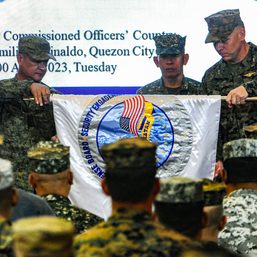


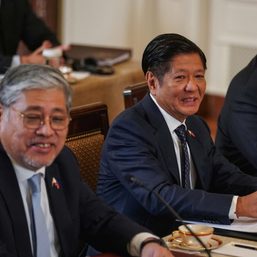

![[EDITORIAL] Diplomasya ni Rodrigo Duterte sa Tsina: Nakaluhod nang dikit ang noo sa lupa](https://www.rappler.com/tachyon/2024/05/animated-duterte-china-panatag-shoal-carousel.jpg?resize=257%2C257&crop_strategy=attention)
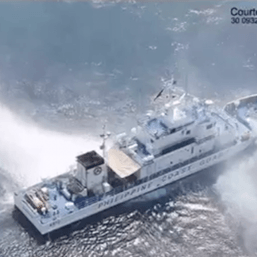

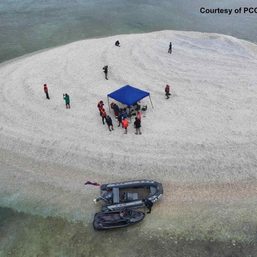
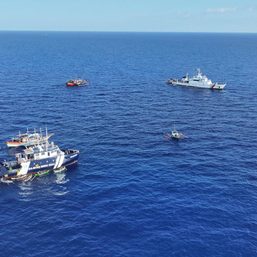
There are no comments yet. Add your comment to start the conversation.